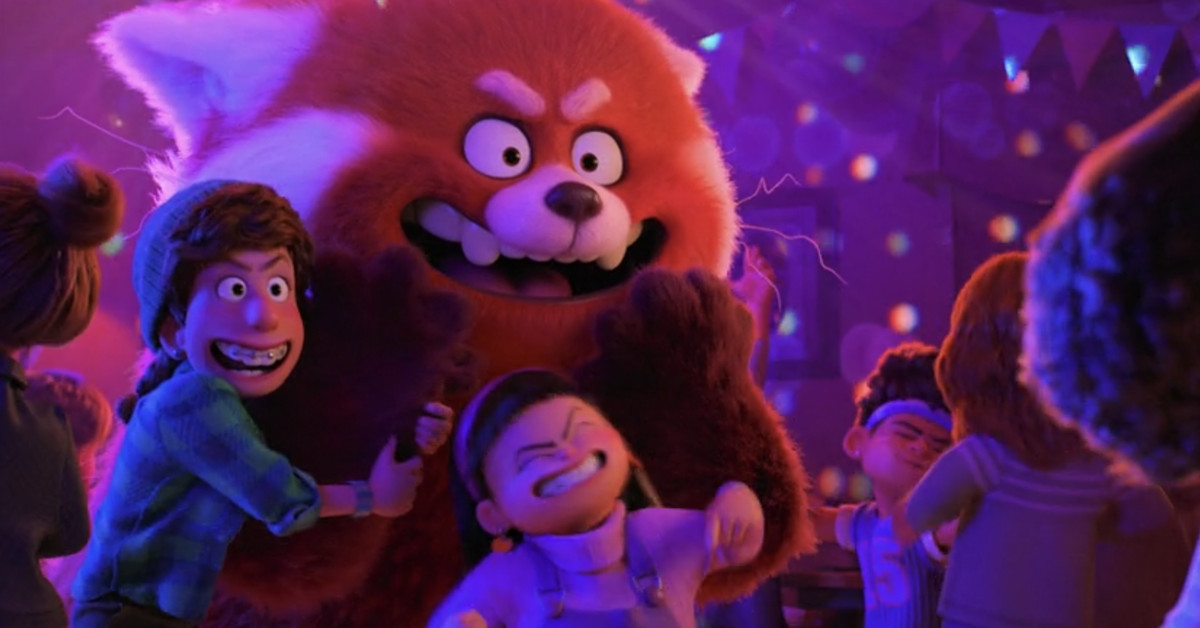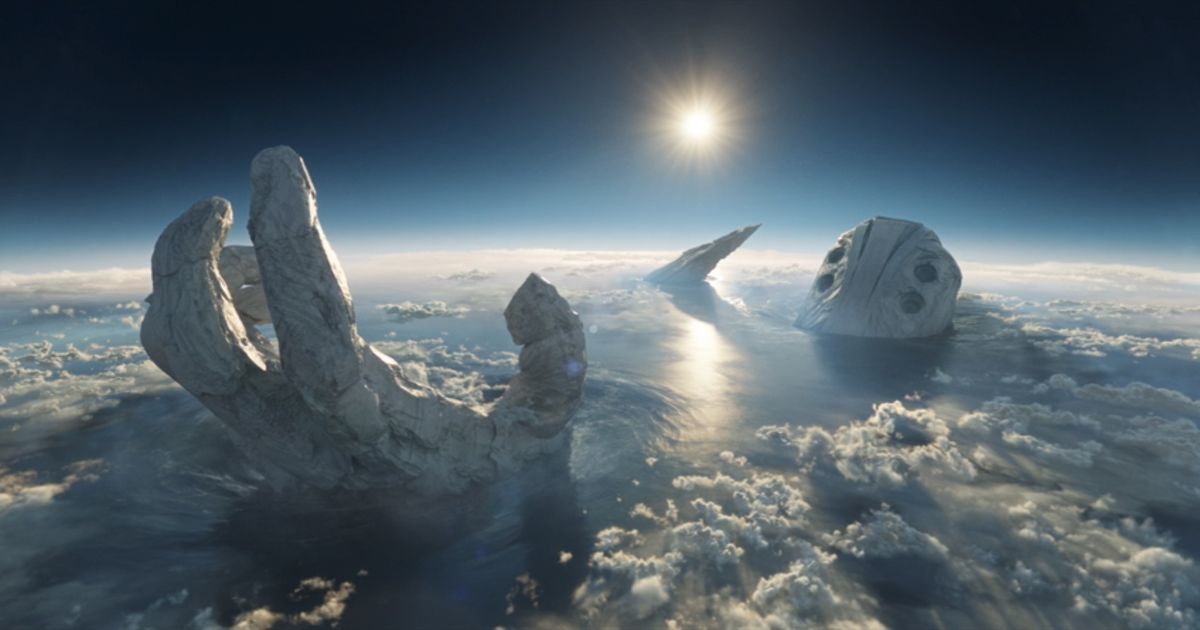By Polygon Staff
/
Eventually, all the biggest forms of entertainment reach a tipping point.
After spending years establishing themselves, building an audience, and becoming indispensable to fans, they still find themselves in a no man’s land where outsiders see them as toys for a bunch of kids messing around. No matter how many billions of dollars they generate, mainstream success remains a tough final hurdle to clear. Then, one day, they break through.
Anime has finally reached that tipping point.
On the surface, it’s easy to point to examples, with shows like Demon Slayer, Spy x Family, and My Hero Academia flooding streaming services and merch popping up everywhere you look (some Polygon staff favorites). But in an era where people rarely gather around the TV at the same time, and with services like Netflix only now offering viewership data from their splintered audiences, it can be hard to get a sense of what’s Actually Popular. And as fans of anime know, bubbling beneath the mainstream was a major cultural cornerstone many still consider niche.
To better understand just how vast anime culture has become, Polygon surveyed more than 4,000 Americans over the age of 18 about their anime consumption habits. Working with Vox Media’s Insights and Research team and market research group The Circus, our results show that not only is anime’s popularity growing significantly with each generation, but that — among younger audiences — it’s even surpassing cultural touchstones like the NFL.
So anime is big. But how big, and in what ways? Let’s dig in.








